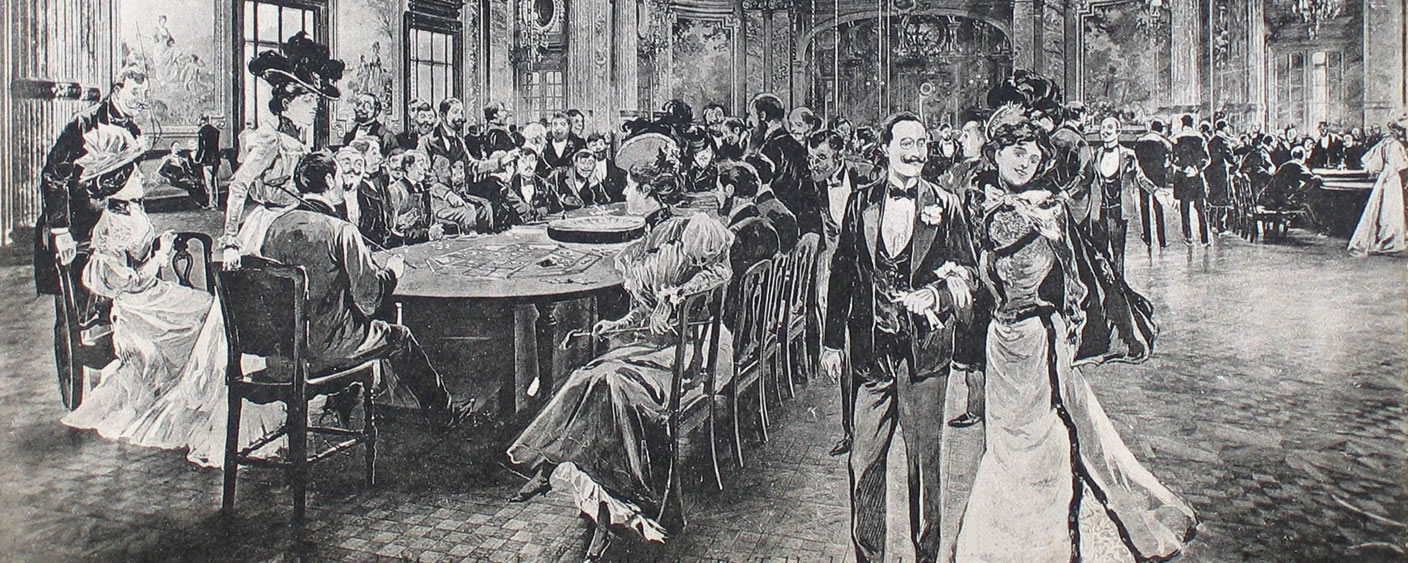From games of chance to probability theory

Probability theory all began with analysing games of chance. It concerns chance events, where the outcome can differ when repeated under identical conditions.
The Latin hexameter poem "De vetula" from the thirteenth century, the first written reference to the mathematical analysis of games of chance, described the prospects of success when rolling three dice. Subsequent texts from the fifteenth and sixteenth centuries also examined the so-called "problem of points": how should the stake be divided up if the game is aborted prematurely? In their proposed solutions, Luca Pacioli, Gerolamo Cardano and Nicolò Tartaglia took their cue from the normal rules of sharing profits and losses among trading partners. In around 1563, Cardano penned his treatise "De ludo aleae", which was not published for another 100 years and covered entire field of the theory of games of chance at the time.
In around 1654, independently of the Italian tradition, Blaise Pascal und Pierre de Fermat not only solved the problem of points in their extensive correspondence, but also the question as to the probability of throwing a double six with two dice. In his treatise published in 1657, Christiaan Huygens formulated the concept of expectation. The discussion on the concept of probability and quantifying the probability of an event was initially concluded in the writings of Jakob Bernoulli, Pierre Rémond de Montmort and Abraham de Moivre at the beginning of the eighteenth century.
Two other landmarks in the establishment of probability theory as a mathematical discipline were the works "La théorie analytique des probabilités" by Pierre Simon de Laplace (1812) and "Grundbegriffe der Wahrscheinlichkeitsrechnung" by Andrei N. Kolmogorov (1933).